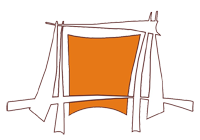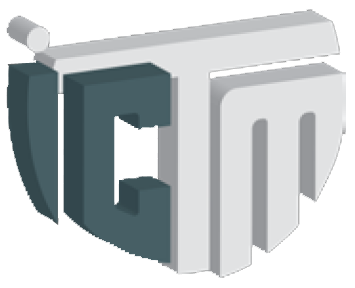Considerații stilistice și interpretative în „3 Cântece de toamnă” de Dan Voiculescu
Mots-clés :
expressionistRésumé
Stylistic and Interpretive Considerations in "3 Autumn Songs" („3 Cântece de toamnă”) by Dan Voiculescu
Dan Voiculescu's creation is impregnated by an elevated character, which conquers through the beauty of melodicity and sonority. “3 Autumn Songs” („3 Cântece de toamnă”) is a vocal-chamber work of the composer's youth, composed for soprano solo, oboe, two clarinets, bass clarinet and violin, whose lyrics are inspired by the lyrics of the poets Emil Isac (no.1 and 2), respectively, Nicolae Labiş. The musical language used by the composer in this cycle integrates elements of a chromatic modalism, inspired by melodic idioms of folklore source intensely chromatically transfigured, which transpire from the atonal-expressionist atmosphere of the sound universe created on the lyrics of the three poets. The poetic texts acquire a new dimension through a special melodized expressiveness of them, in a particular manner, which treats with great refinement every detail, giving the impression of a natural, unsought spontaneity.
Références
ABT, Wilhelm Franz, 2005. Tratat de arta cântului. Editura Cd-Sheet Music.
COSMA, Viorel, 2006. Muzicieni din România, vol. IX, articolul „Dan Voiculescu”. București:
Editura Muzicală.
MARCU, Şerban, 2012. Ecouri expresioniste în 3 Cîntece de toamnă de Dan Voiculescu - structură, stil, limbaj, Expressionist echoes ine Autumns Songs by Dan Voiculescu - structure, style, language. Cluj-Napoca: Editura Studia Musica.
PISO, Ion, 2000. Cibernetica fonaţiei în canto. București: Editura Muzicală.
TEMEŞ-ŢIPLEA, Bianca, 2009. In memoriam Dan Voiculescu, Muzica nr. 4.București.
Téléchargements
Publiée
Comment citer
Numéro
Rubrique
Licence

Ce travail est disponible sous la licence Creative Commons Attribution 4.0 International .
CC-BY permet toute utilisation, reproduction, distribution, auto-archivage et citation de l'œuvre, à condition que les auteurs soient crédités. Les données bibliographiques complètes de la revue doivent également être indiquées ; vous pouvez les trouver dans la section "Comment citer" de cette page. Si possible, veuillez également insérer un lien vers la publication originale. Le droit d’auteur des articles appartient aux auteurs.




